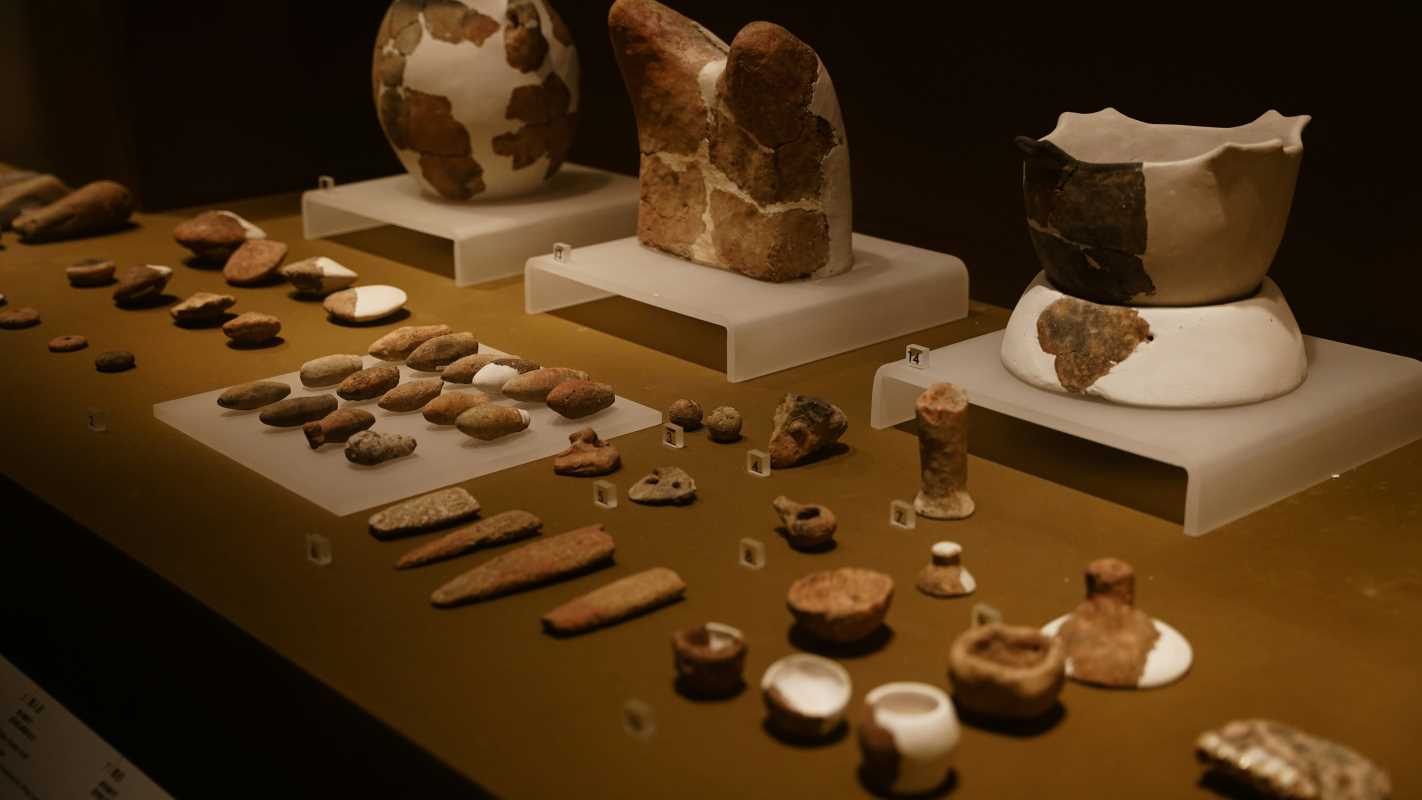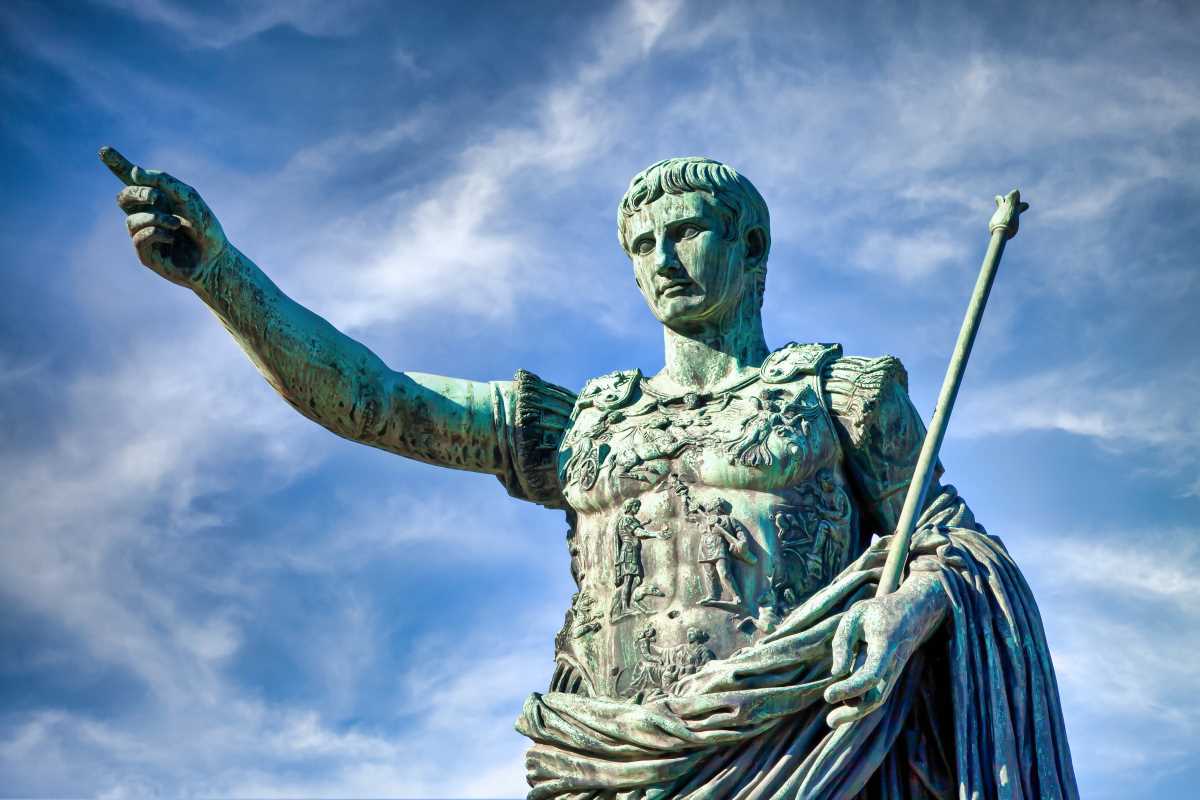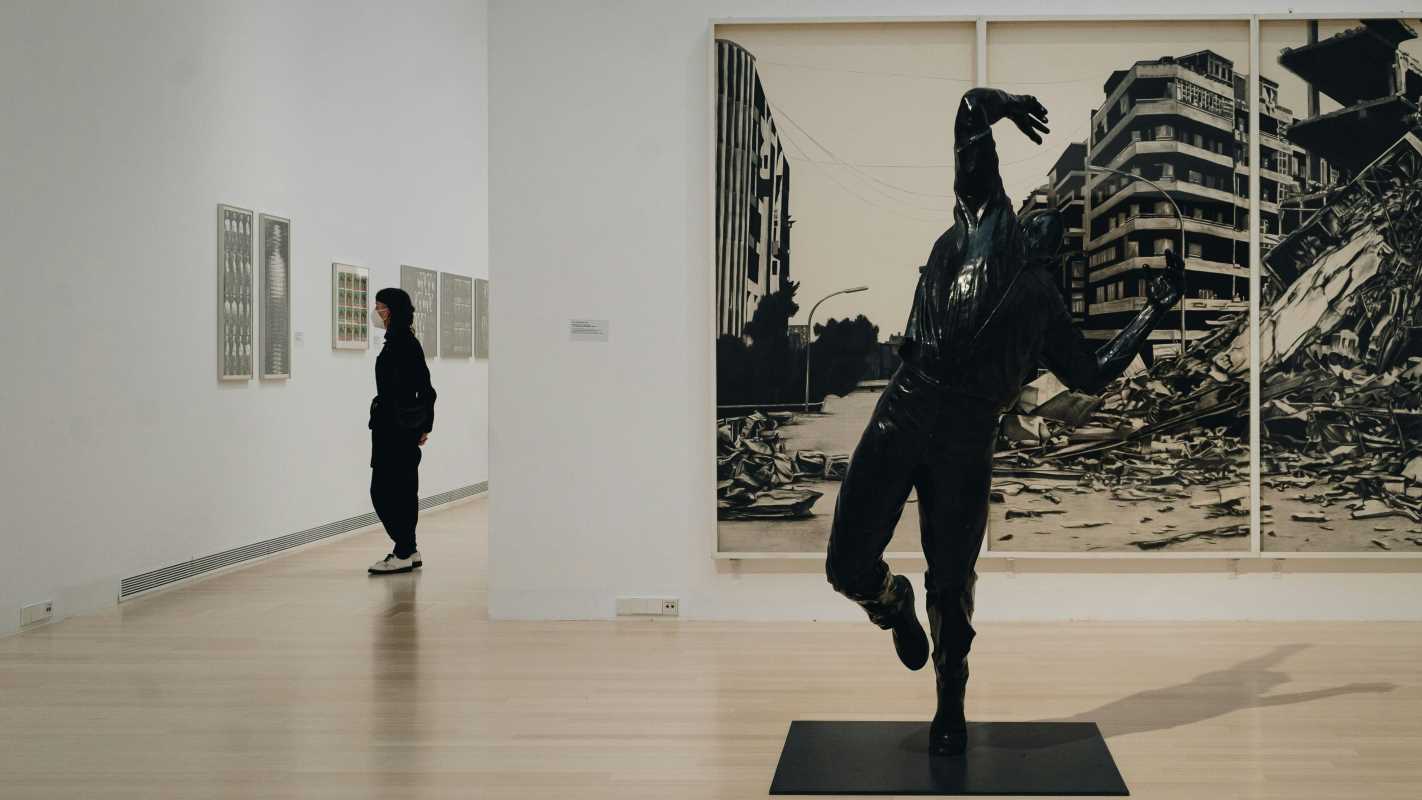Ancient artifacts are more than just remnants of the past; they are storytellers that connect us to civilizations long gone. Their age-old beauty and cultural significance make their preservation a critical task. Without proper care, these treasures could crumble under the weight of time, leaving gaps in global history.
Safeguarding them requires a blend of time-tested techniques and modern innovations. Here are five key methods used to preserve ancient artifacts and why they matter.
Environmental Control
One of the most essential preservation methods is environmental control. Ancient artifacts are incredibly sensitive to factors like temperature, humidity, and light. Even small fluctuations can cause irreversible damage. For instance, organic materials like wood, cloth, and leather can decay rapidly in humid conditions, while metals are prone to corrosion.
Museums and archives use highly controlled environments to combat these issues. Advanced climate systems maintain consistent temperature and humidity levels, preventing artifacts from cracking, warping, or decaying. The British Museum, for example, stores its ancient parchment manuscripts in rooms where both moisture and temperature are strictly monitored. Similarly, ultraviolet (UV) light filters are used to shield artifacts from light exposure, which can fade pigments and weaken materials over time.
Another innovative approach is microclimate enclosures. These are specially sealed cases around an artifact that create an ideal mini-environment. The Rosetta Stone, housed in the British Museum, benefits from such protective measures, ensuring this historic keystone of language study remains intact despite its age.
Environmental control ensures that artifacts don’t simply survive but thrive for future generations to study and admire.
Restoration Techniques
While control measures are vital, many artifacts discovered today arrive in less-than-ideal conditions. That's where restoration comes into play. Restoration aims to stabilize and repair damaged artifacts while preserving their authenticity. This meticulous process often requires a combination of traditional craftsmanship and highly advanced technology.
For example, when the Dead Sea Scrolls were discovered, many were in fragments and suffered from severe deterioration. Restoration experts carefully pieced them together using techniques such as Japanese tissue repair, which uses delicate, near-invisible materials to bond sections without causing further harm. The result was the preservation of these invaluable ancient texts for both display and scholarly study.
Technology has also revolutionized restoration practices. Laser cleaning, for example, allows conservators to remove centuries of grime and corrosion from artifacts without damaging their delicate surfaces. Statues like Michelangelo's David have undergone laser cleaning to reveal their stunning original details while avoiding abrasive techniques that could scratch or wear down the material.
While the goal of restoration is always to repair rather than alter, it also raises important questions about authenticity and the fine line between preservation and reinterpretation.
Digital Preservation
One of the most exciting developments in artifact preservation is digital technology. Digital preservation ensures that even if an artifact deteriorates beyond repair, its design, texture, and inscriptions are not lost to history.
High-resolution scanning and 3D modeling allow experts to create exact digital replicas of artifacts, offering incredible detail and accuracy. This method has been particularly useful for fragile items that cannot be frequently handled. For instance, the tomb of Tutankhamun in Egypt has been recreated digitally, down to every crack in the walls, giving millions the chance to explore its wonders without exposing the fragile original to damage.
Another example is photogrammetry, where thousands of photos are stitched together to create a precise 3D replica. This technique was used to digitally reconstruct the Bamiyan Buddhas in Afghanistan after they were tragically destroyed in 2001.
Digital preservation goes beyond safeguarding; it democratizes access to history. Virtual reality (VR) exhibitions and online databases allow people worldwide to study and explore ancient wonders without leaving their homes. Meanwhile, researchers get the tools they need to analyze artifacts in ways that were unimaginable just decades ago.
Protective Materials
Despite all the technology at our disposal, sometimes the best preservation techniques are physical ones involving protective materials. Storage mediums and coatings play an active role in shielding artifacts from the wear and tear of time.
For organic artifacts like textiles and paper, acid-free materials are the gold standard. Acidic environments can degrade these artifacts quickly, so museums store them in specially designed acid-free boxes or encapsulate them between UV-resistant films. For metal relics, protective coatings like microcrystalline wax guard against corrosion while maintaining the artifact’s patina.
Sheltering artifacts during transport is another dimension of using protective materials. Whether it’s a Roman mosaic being moved between exhibits or an ancient ceramic vase unearthed at an archaeological site, padded, shock-absorbent crates lined with inert materials ensure safe transit.
Innovations in nanotechnology are also beginning to shape the field. For example, transparent nanocoatings are being developed to protect fragile artifacts from environmental pollutants while remaining almost invisible. These advancements ensure that artifacts can safely endure the rigors of display and storage alike.
Ethical Considerations in Preservation
Preserving artifacts often involves complex ethical questions about how much intervention is appropriate and who has the right to make those decisions. Preservation activities cannot be viewed in isolation from the communities, cultures, and histories they represent.
Repatriation is one of the most significant issues in the preservation world today. Many artifacts housed in Western museums, such as the Benin Bronzes or the Elgin Marbles, were taken without consent from their countries of origin during periods of colonization or conflict. Returning these artifacts challenges museums to look beyond their preservation and acknowledge their historical context and rightful ownership.
Meanwhile, some preservation practices debate balancing improvement versus authenticity. Should missing sections of a Grecian vase be reconstructed, or should it be left fragmented to reflect its discovered state? An example of this debate is the Parthenon itself, where experts weigh the need for structural reinforcement against the desire to keep as much of the original structure intact as possible.
Ethical preservation also includes respecting the spiritual or cultural significance of certain artifacts. For instance, indigenous communities may view the relocation or display of sacred objects as problematic, prioritizing their ritual use over their preservation for public consumption. Organizations like UNESCO work to standardize ethical guidelines, striving to protect artifacts while honoring the communities they represent.
Safeguarding the Stories of the Past
Preserving ancient artifacts isn’t just about protecting objects; it’s about safeguarding the stories, traditions, and lives they embody. Through environmental control, restoration, digital innovation, protective materials, and ethical stewardship, experts are ensuring that these cultural treasures endure for generations to come.
The challenge lies in maintaining a delicate balance between safeguarding the physical artifact and respecting its historical and cultural significance. At its core, preservation is a labor of love fueled by one simple mission, to ensure these silent witnesses to history continue to speak, teaching us who we were, who we are, and who we might aspire to be.

.jpg)





